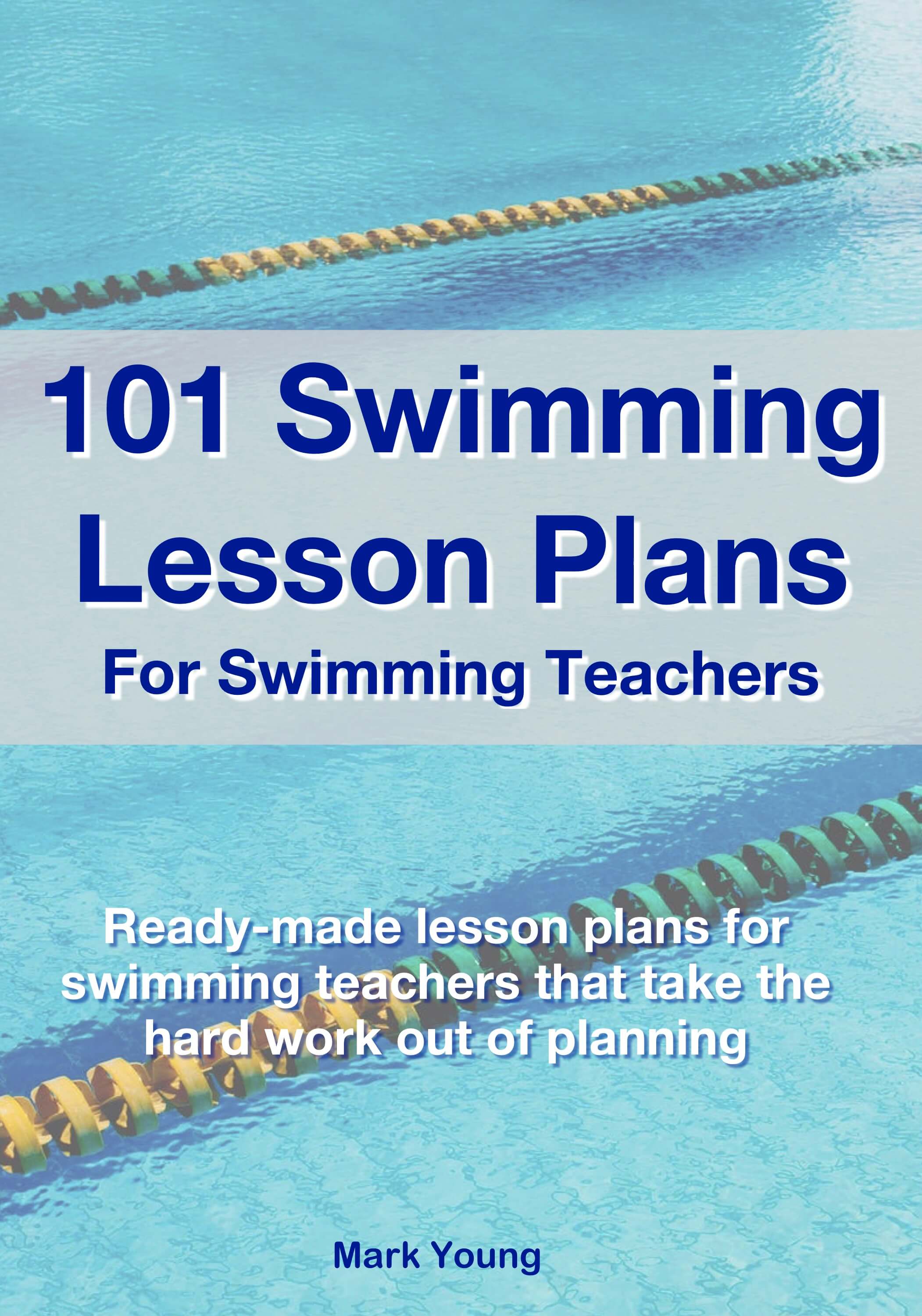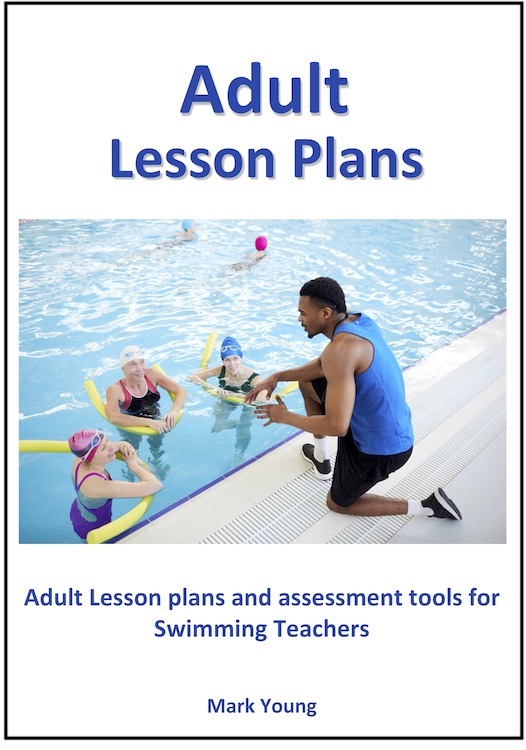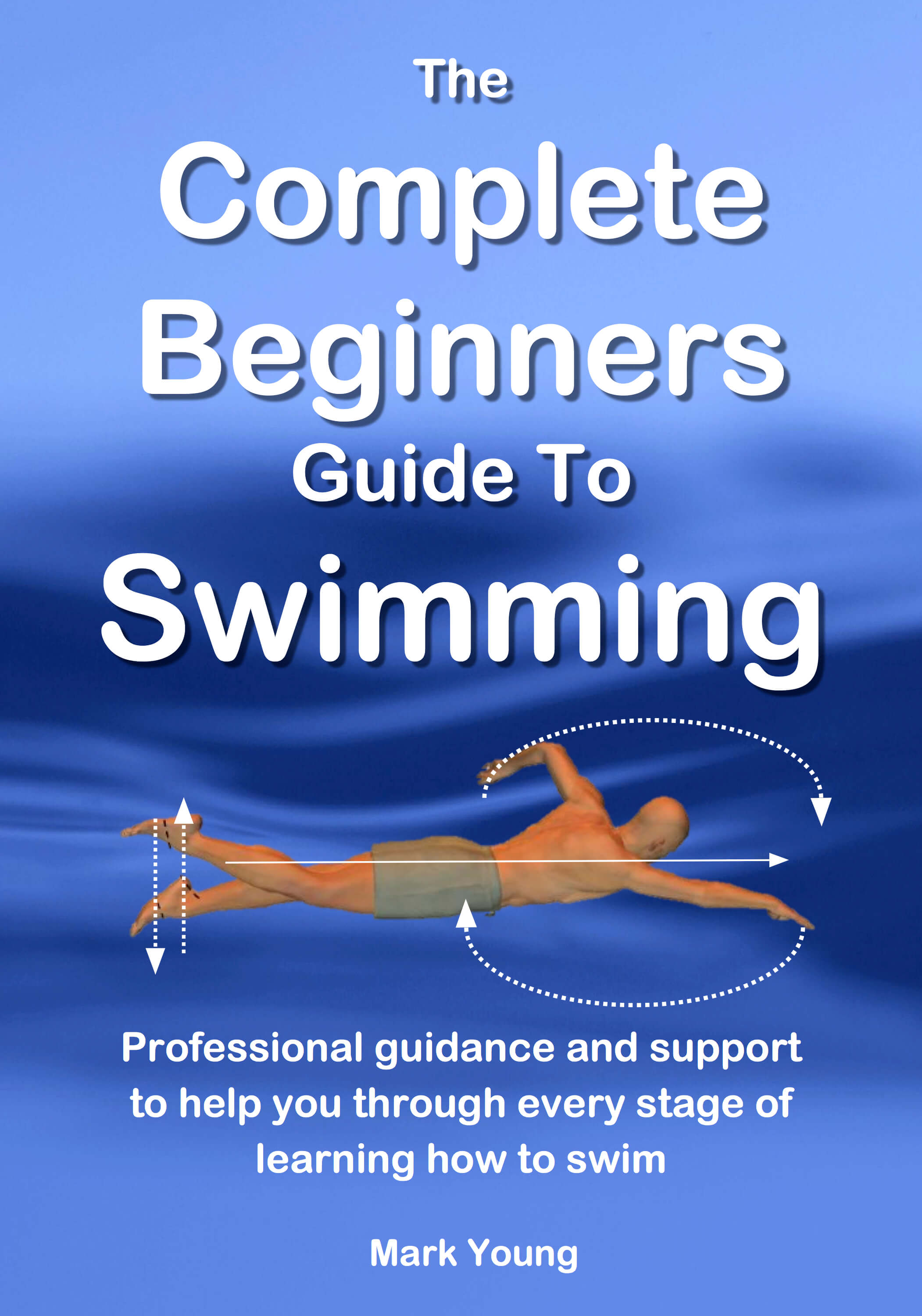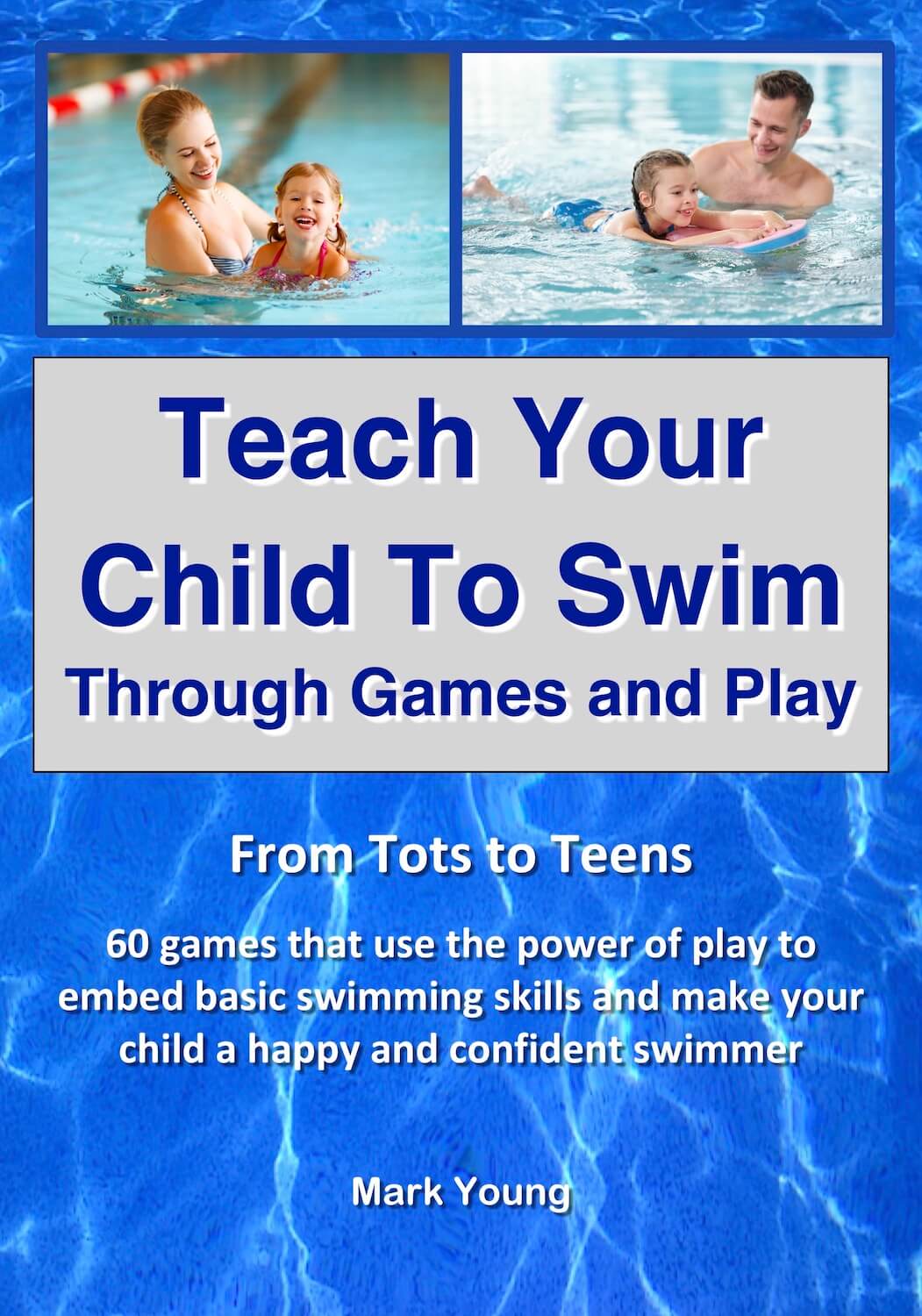Swimming Strokes and Lessons Made Simple
Whether you're learning swimming strokes or teaching them to others, Swim Teach gives you the tools, tips, and ready-made lesson plans to succeed in the pool.
✅ Trusted by thousands of swimming teachers worldwide.
Swimming Teachers
|
Beginners & Parents
|
For Swimming Teachers
- Ready‑to‑use lesson plans for all ages & abilities
- Stroke‑by‑stroke teaching cues and drills
- Class structure tools and assessment sheets
- Save hours of planning every week
For Beginners & Parents
- Clear breakdowns of all swimming strokes
- Tips to build water confidence at your pace
- Fun drills and games for kids
- Step‑by‑step progress you can feel
Top Picks for Swimming Teachers
101 Swimming Lesson Plans (PDF)
Every level, every stroke. Save hours with structured, proven sessions.
£24.99 - Instant Download.
How To Be A Swimming Teacher
Top qualities of an outstanding teacher, class management, over 80 separate stroke drills.
£17.99 - Instant Download.
Free Sample Lesson Plans
Try before you buy. Includes warm-ups, drills and assessment notes.
£0.00 - Instant View
|
101 Swimming Lesson Plans (PDF) Every level, every stroke. Save hours with structured, proven sessions. £24.99 - Instant Download. | |
|
How To Be A Swimming Teacher Top qualities of an outstanding teacher, class management, over 80 separate stroke drills. £17.99 - Instant Download. | |
|
Free Sample Lesson Plans Try before you buy. Includes warm-ups, drills and assessment notes. £0.00 - Instant View |
⭐️⭐️⭐️⭐️⭐️
“I’ve saved hours every week since using these plans - it’s like having a co‑teacher by my side. My classes run smoother and progress faster.”
Sarah P.
Swim England ‑ qualified swimming teacher
Hi there - I'm Mark

"Welcome - I’m Mark, an experienced swimming teacher and author, and I created Swim Teach to make learning and teaching swimming strokes simple and stress-free. Whether you're a beginner, a parent, or a fellow teacher, you'll find clear, practical tips and resources to fix common technique mistakes and build confidence in the water. I also provide swimming teacher resources designed to help you deliver outstanding, effective swimming lessons with ease.
For more about me, click here"
Which of the basic swimming strokes do you need help with?
What You’ll Find on Swim Teach
- Swimming Strokes Explained: Learn the four basic swimming strokes - front crawl, breaststroke, backstroke, and butterfly - with easy-to-follow guides, illustrations, and videos.
- Support for Swimming Teachers: Download ready-made lesson plans, technique drills, and teaching tips designed by a seasoned swim instructor.
- Help for Beginners & Parents: Step-by-step guidance for those learning to swim or teaching their child. No fluff, just clear and practical tips.
- Free and Premium Resources: Access a mix of free advice and professional PDFs to enhance your swimming journey.
Allow me to guide you...
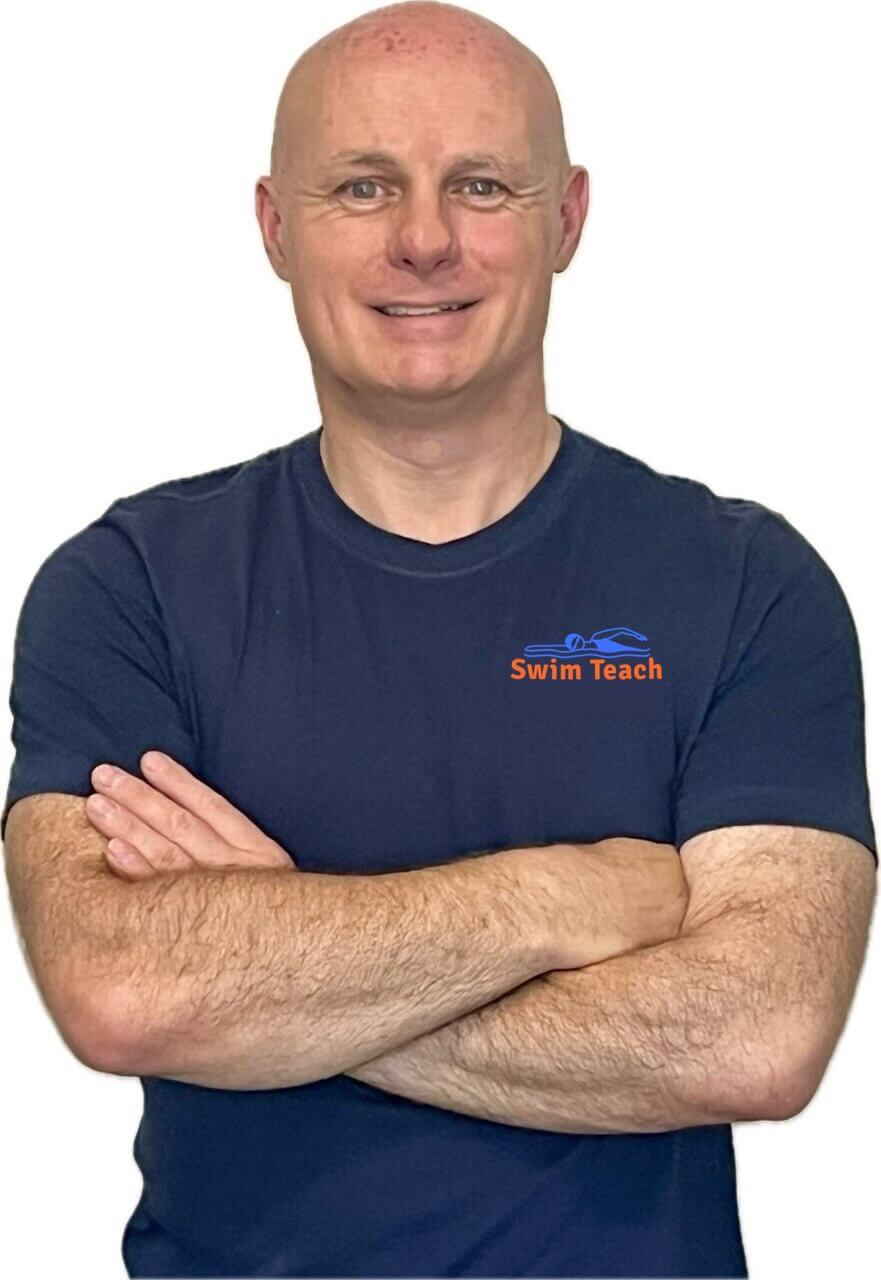
"From my years of swimming teaching experience, front crawl (or freestyle as it is often called), is the most popular of the four basic swimming strokes to learn. It's the fastest of all strokes and looks impressive when it's swum with elegance and style. Many others are happy with learning how to swim a basic breaststroke so they can complete a few laps of their pool to help keep them in shape. Whether you're here to learn more about specific strokes or just to boost your confidence in the water, you're in the right place. Scroll and click around and dig deeper into my site. You'll discover stories from my years of teaching and my personal recommendations for each part of your technique. "
🏆 Most Downloaded Resources
⭐️⭐️⭐️⭐️⭐️
Rated 5 stars by swimmers and teachers who value clarity, simplicity, and results.
The Complete Beginners Guide to Swimming - 12,000+ downloads
Still got questions about swimming strokes? Find the answers below 👇
Frequently Asked Questions
What are the 4 basic swimming strokes?
There are four main strokes you'll come across in swimming: front crawl (also known as freestyle), breaststroke, backstroke, and butterfly. Each one has its own feel, rhythm, and breathing style. If you're just getting started, front crawl and breaststroke are usually the easiest to learn. They're more forgiving, especially when you're still finding your confidence in the water.
Which swimming stroke is easiest for beginners?
Breaststroke is often the go-to for beginners - and for good reason. It's slower and more relaxed, and you can keep your head above water most of the time, which takes a lot of pressure off when you're still figuring things out. The timing of the breathing also feels a bit more natural when you're just starting out.
What's the best way to teach someone to swim?
The key is to keep it simple and build things up step by step. Start with getting comfortable in the water - think floating, blowing bubbles, and just learning to relax. Then, ease into things like body position, kicking, and arm movements. It's usually best to stick with one stroke at a time - breaststroke or front crawl is a great place to begin. Use clear, easy instructions, and don't forget to show what you mean when you can. A little patience and encouragement go a long way!
Can I teach my child to swim at home or in a public pool?
Absolutely, you can! Loads of parents successfully teach their kids to swim in home pools or public ones. It's all about keeping things fun, safe, and consistent. Start with short sessions focused on helping your child feel happy and secure in the water. Use games, go at their pace, and celebrate every little step forward. And if you need a hand, I've got plenty of guides and ideas right here at Swim Teach to support you.
How can I improve my stroke technique as an adult?
Improving your technique is totally doable - no matter your age. The secret is to focus on three big things: your body position, breathing, and timing. Break things down with simple drills - like kicking with a float or practising breathing on its own. Watching videos or following illustrated steps can really help things click too. Our guides are made with adult learners in mind, so you're in the right place!
What are the most common mistakes swimmers make with their strokes?
Some of the most common hiccups are things like swimming with your head too high, not breathing smoothly, or struggling with timing. In front crawl, lots of beginners lift their heads up too much, which can throw everything off. And with breaststroke, that tricky frog kick can be a bit awkward at first. But don't worry - there are easy drills to help fix each of these, one step at a time. It's all about spotting the issue and working through it gently and patiently.
How can I plan an effective swim lesson?
Start with a clear goal - like helping someone master their breaststroke timing or float confidently on their back. Warm up with something simple, then break down the new skill into small, manageable chunks. Use demonstrations or visuals where you can, and wrap up with a fun activity that ties everything together. My ready-made lesson plans are here to make that whole process easy, whether you're teaching kids, adults, or total beginners.
